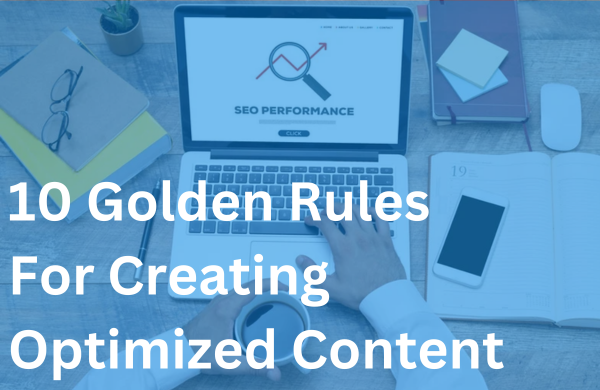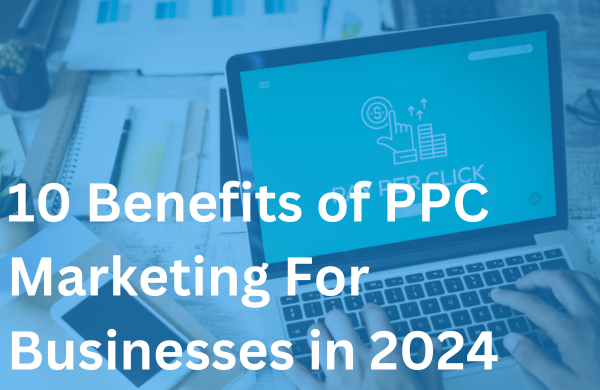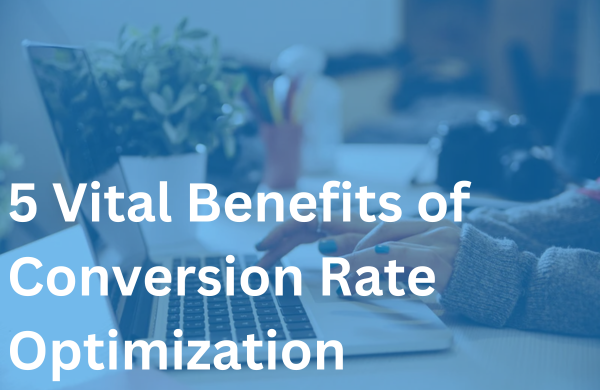Search Engine Marketing (SEM) focuses on improving search engine rankings. It requires a combination of pay-per-click marketing (PPC) and organic marketing, which work together to provide the ideal synergy.
Search marketing plays a vital role in digital marketing. It helps websites reach the top of search engines, increasing online visibility. Optimized websites are more likely to get traffic and conversions.
The Fundamentals of SEM
So, what is search engine marketing? It integrates paid search advertising (PPC) and organic search optimization (SEO) to boost traffic, leads, and conversions. Let’s explore the components of each technique.
What is Paid Search Advertising?
Paid search advertising is typically pay-per-click (PPC) advertising. Businesses that sign up for services run ads and pay a fee every time a consumer clicks on their link. The ad will be listed as a ‘sponsored’ ad so consumers know it is paid advertising.
Ads can appear on various search engines, including Yahoo, Google, and Bing. They may include display network ads, remarketing ads, and video ads. They provide quick results if managed properly, increasing leads, conversions, and website traffic.
What is Organic Search Optimization?
Organic search engine optimization (SEO) is unpaid advertising. Businesses will take a more natural approach to boosting online visibility. They will write keyword-rich content, post free social media ads, and improve user experience through website design.
SEO provides slower yet longer-lasting results. It is also less expensive than PPC. Some consumers prefer it because it utilizes a less sales approach.
The Synergy Between PPC and SEO
Businesses must create a balanced SEM approach that integrates PPC and SEO. This strategy will ensure short-term and long-term growth and cost-effective results. Companies will attract customers through PPC, maintain them through SEO, and avoid over- or underspending on marketing.
SEO and PPC also work together to produce synergistic benefits. PPC is effective, but companies must compete against others targeting similar search engine queries.
Organic SEO is integrated into content, ensuring Google recognizes it as valuable and relevant. It helps companies stand out from the competition and makes customers more likely to click on their links.
Why SEM Matters in Today’s Digital Landscape
SEM marketing is an effective tool in today’s digital landscape. It produces the following benefits.
Increased Online Visibility
The combination of PPC and organic SEO makes companies rise to the top of search engines. Users searching for specific terms will see SEM-optimized sites first. They will click on these links over competitor links.
Targeted Traffic and Higher Conversion Rates
PPC ads allow you to target queries to ensure you connect with customers likely to use your products and services. You can also set your ads to target specific customers who click on them and are more likely to convert. Your organic SEO will further help attract these audiences.
More Cost Effective Than Traditional Marketing
SEM is more cost-effective than traditional marketing because it involves PPC. Companies only pay when customers click on ads, so they save money. The combination with organic SEO provides balance and long-term results, ensuring companies don’t overspend or underspend on advertising.
Key Components of a Successful SEM Strategy
Advertisers who integrate key components in search marketing management will have the best results. Here are some to consider
- Keyword Research and Selection: Your keywords will ensure your ad reaches your target audience. You must choose keywords based on your industry, what people are searching for, and your ad relevance. Use keyword-matching tools to ensure your ads and content are geared towards boosting conversions.
- Ad Copy Optimization: Your ad is your customer-attracting vehicle. It should be concise, visually appealing, and relate to your target audience. To optimize your copy, use emotional triggers, numbers, statistics, and a clear CTA.
- Landing Page Optimization: A PPC ad typically directs users to a landing page. Your landing page should provide value and explain how your product solves a problem. Use KPIs and A/B testing to ensure your landing page is effective.
- Quality Score and Ad Rank: Quality score and ad rank are Google Ad metrics that evaluate your ad’s performance. Quality score rates the relevance of your ads, keywords, and landing pages on a scale of 1-10. Ad rank determines where your ad will appear in search engine rankings. Pay attention to these metrics and use them as guidelines for improvement.
Measuring SEM Success
Marketers must constantly measure the success of their search engine marketing efforts. They must consider:
KPIs (key performance indicators) such as:
- Customer leads: How many leads is the ad attracting?
- Cost Per Lead (CPL): How much does it cost your company to attract each lead?
- Conversion Rate: How many of the users clicking on your ad convert?
- Customer Lifetime Value (CLV): How much will you earn from customers converting from your ad long-term?
- Return on Investment (ROI): How much of a profit are you seeing from your marketing investment?
Analytics Tools for Tracking and Reporting: Several tools will track your PPC ads and report their efficacy. Popular ones include:
- Google Analytics: Tracks user behavior on a website
- Semrush: Provides keyword research and PPC and SEO tracking
- Google Ads: Offers various PPC metrics and analytics
- Optimyzr Core: Allows users to track and report PPC campaigns
- Looker Studio: Provides automated monthly PPC reports
Common SEM Challenges and How to Overcome Them
Search engine marketing is vastly beneficial but offers its share of challenges. Here are some common challenges and how to overcome them.
- Increasing competition: There is increasing competition in the SEM marketing space. Companies can stand out by creating strong landing pages, valuable content, engaging ads, and conducting insightful keyword research. They should use their content to demonstrate the characteristics that make their company stand out.
- Ad fatigue: Ad fatigue occurs when users see your ad often and stop responding to it. In some instances, ad fatigue can make users annoyed with your company, which can have a detrimental effect. Companies can avoid ad fatigue by creating multiple ads, diversifying ad channels, and segmenting audiences to ensure different ads reach relevant groups over time. Pay attention to engagement levels and switch out ads before audiences get sick of them.
- Keeping up with algorithm changes: Search engine algorithms change often. Ad characteristics favored by a search engine one day can cause the same engine to bury your ad the next day. Ensure you are updated on the latest algorithm changes to keep your ad visible.
Conclusion
After reading this article, you should know the answer to the question, “What is search marketing?” and understand its relevance. Search marketing is a vital tool that combines PPC and organic SEO marketing to help companies climb search engine rankings. It boosts website traffic, leads, and conversions.
Search engine marketing is effective, but it requires a multi-faceted approach. Teams must understand how to create effective ads and landing pages while avoiding common pitfalls. Brillity Digital ensures the best results.
Brillity Digital can assist with all aspects of PPC and SEO. We will use the latest techniques to ensure your ads get seen, and our targeted focus will help you connect with your target audience.
Contact us to learn more about our extensive service suite.




